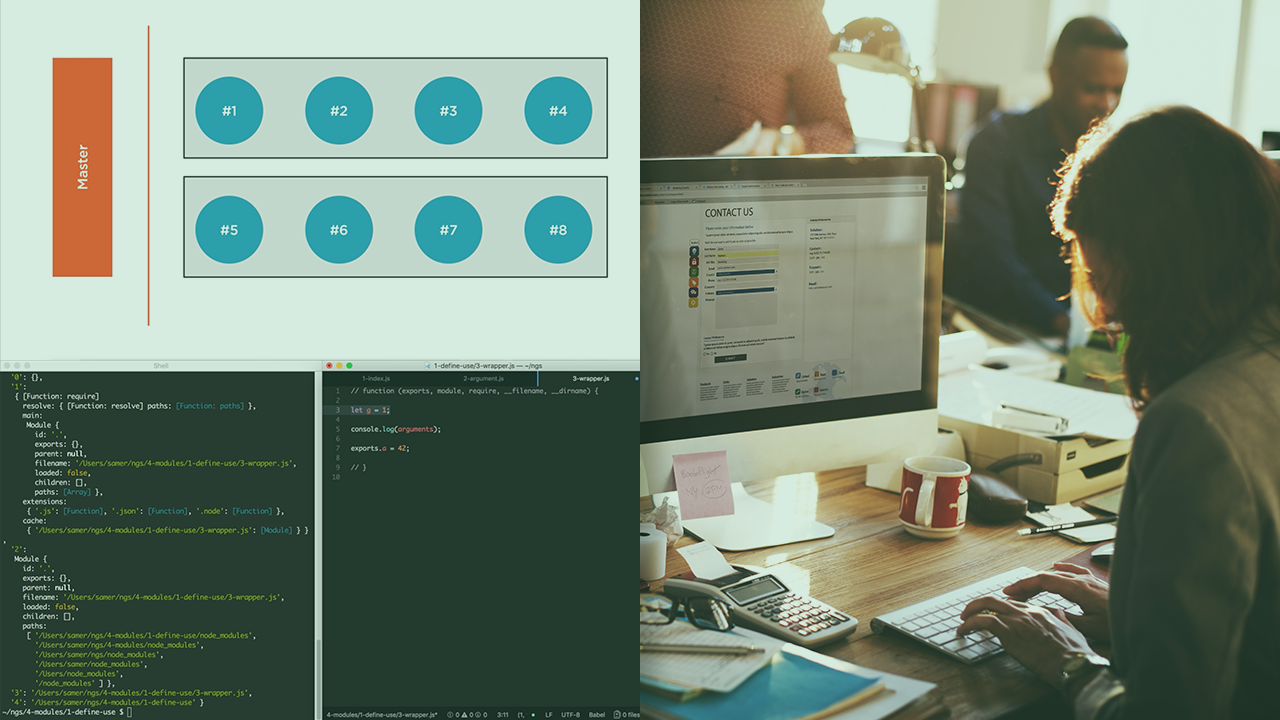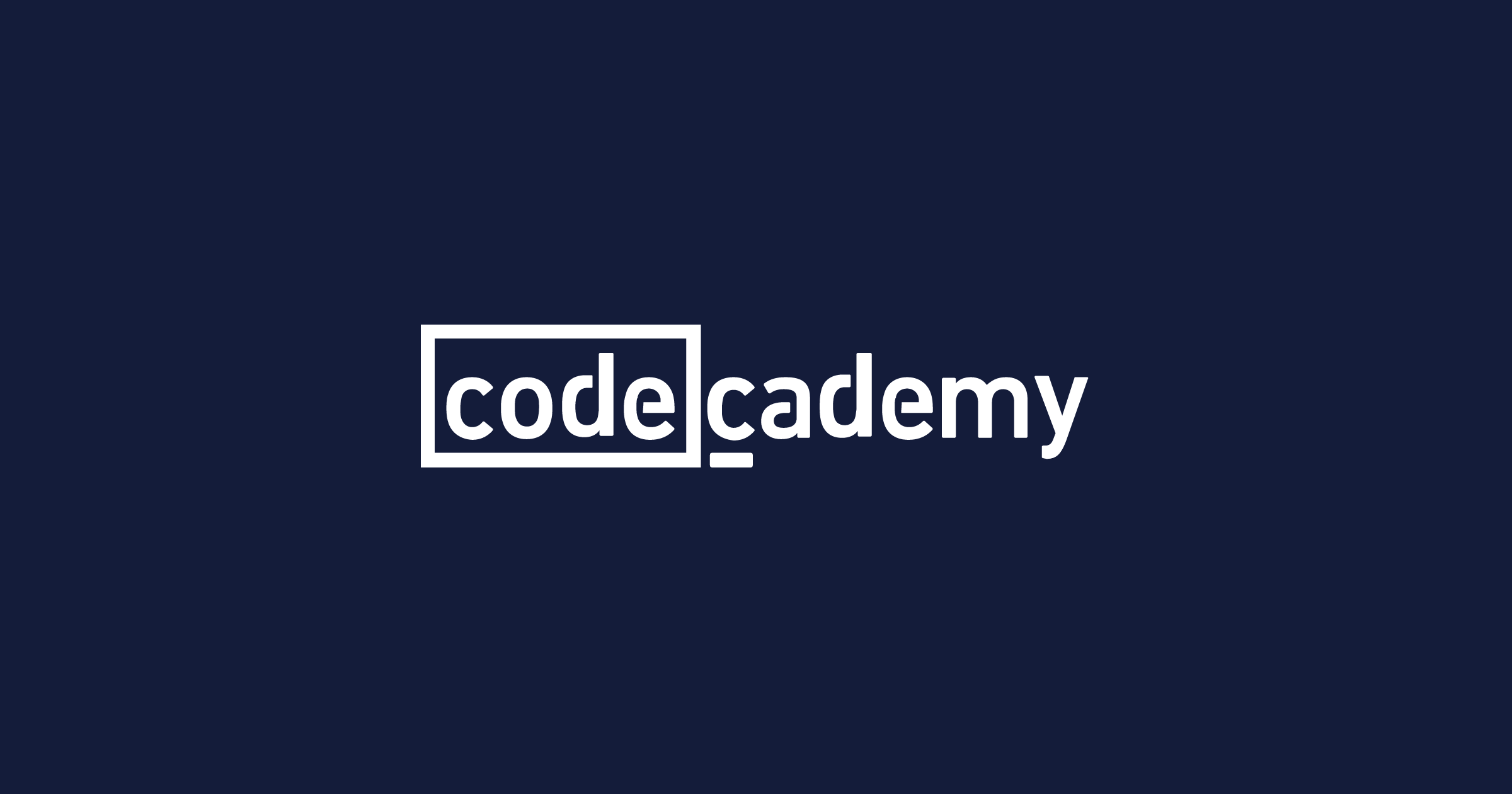Description
In this course, you will :
- Learn the fundamentals of creating scalable back-end services with Node.js.
- Investigate the tools included with Node as well as some of the tools provided by the community.
- Learn about package management, module dependencies, event-driven concurrency strategies, and writing code to interact with server operating systems.
- Learn about the modern JavaScript features that can be used with Node.js today.
- When you're finished with this course, you'll be able to write and run Node.js code.
Syllabus :
1. Introduction
- What Is Node?
- Why Node?
- Some Analogies About Node
- What You Get When You Install Node
- Example Files
2. Getting Started with Node
- Node’s REPL Mode
- TAB and Underscore
- Executing Scripts
- Working with Timers
- Node’s Command Line Interface
- The “process” Object
3. Modern JavaScript
- EcmaScript and TC39
- Variables and Block Scopes
- Arrow Functions
- Object Literals
- Destructuring and Rest/Spread
- Template Strings
- Classes
- Promises and Async/Await
4. NPM: Node Package Manager
- What Exactly Is NPM?
- The NPM Command
- The package.json and package-lock.json Files
- Semantic Versioning (SemVer)
- Installing and Using NPM Packages
- Creating and Publishing an NPM Package
- NPX and the NPM Run Scripts
- Updating NPM Packages
5. Modules and Concurrency
- Defining and Using Node Modules
- Examples of Module APIs
- Node's Global Object
- The Event Loop
- Errors vs. Exceptions
- Node Clusters
- Node’s Asynchronous Patterns
- Event Emitters
6. Working with Web Servers
- Hello World... The Node’s Version
- Monitoring Files for Changes
- The “req” and “res” Objects
- Node Web Frameworks
- Using Template Languages
7. Working with the Operating System
- The os Module
- The fs Module
- The child_process Module
- Debugging Node Applications









